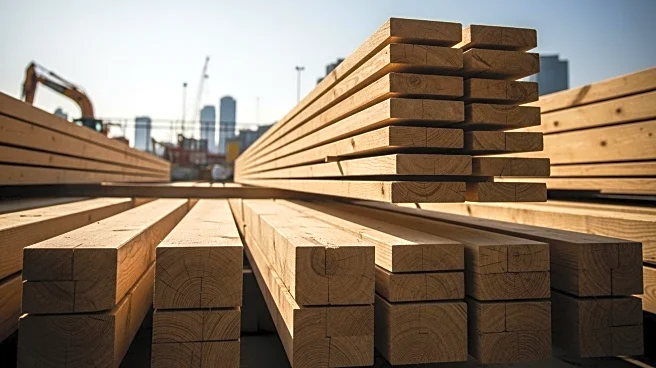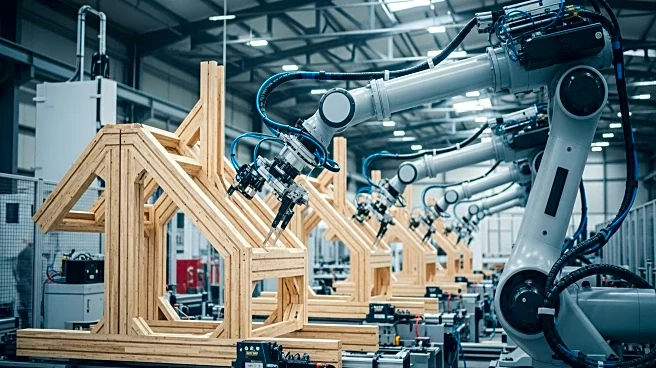What's Happening?
Mass timber construction is gaining attention for its speed and labor efficiency, offering economic benefits beyond carbon accounting. Projects like the Murray Grove building in London and Brock Commons in Vancouver demonstrate the potential for smaller crews and quicker builds compared to traditional concrete construction. Mass timber allows for upward extensions on existing buildings, creating new markets and reducing costs. The approach requires fewer workers on site and shifts labor into controlled factory settings, addressing construction labor shortages.
Why It's Important?
Mass timber presents a viable solution to construction labor shortages, offering a more efficient and sustainable building method. By reducing on-site labor and compressing schedules, it lowers costs and accelerates project delivery. The approach supports Canada's housing and climate goals, providing a competitive edge in the global market. Mass timber's light weight enables upward extensions, maximizing urban space and creating new revenue opportunities.
What's Next?
Canada must invest in skills development and financial frameworks to scale mass timber construction. Policymakers should facilitate upward extensions and streamline approval processes. The industry needs to prepare for increased demand by training specialized workers and expanding manufacturing capabilities. Collaboration between developers, cities, and government agencies will be crucial to realizing mass timber's full potential.














